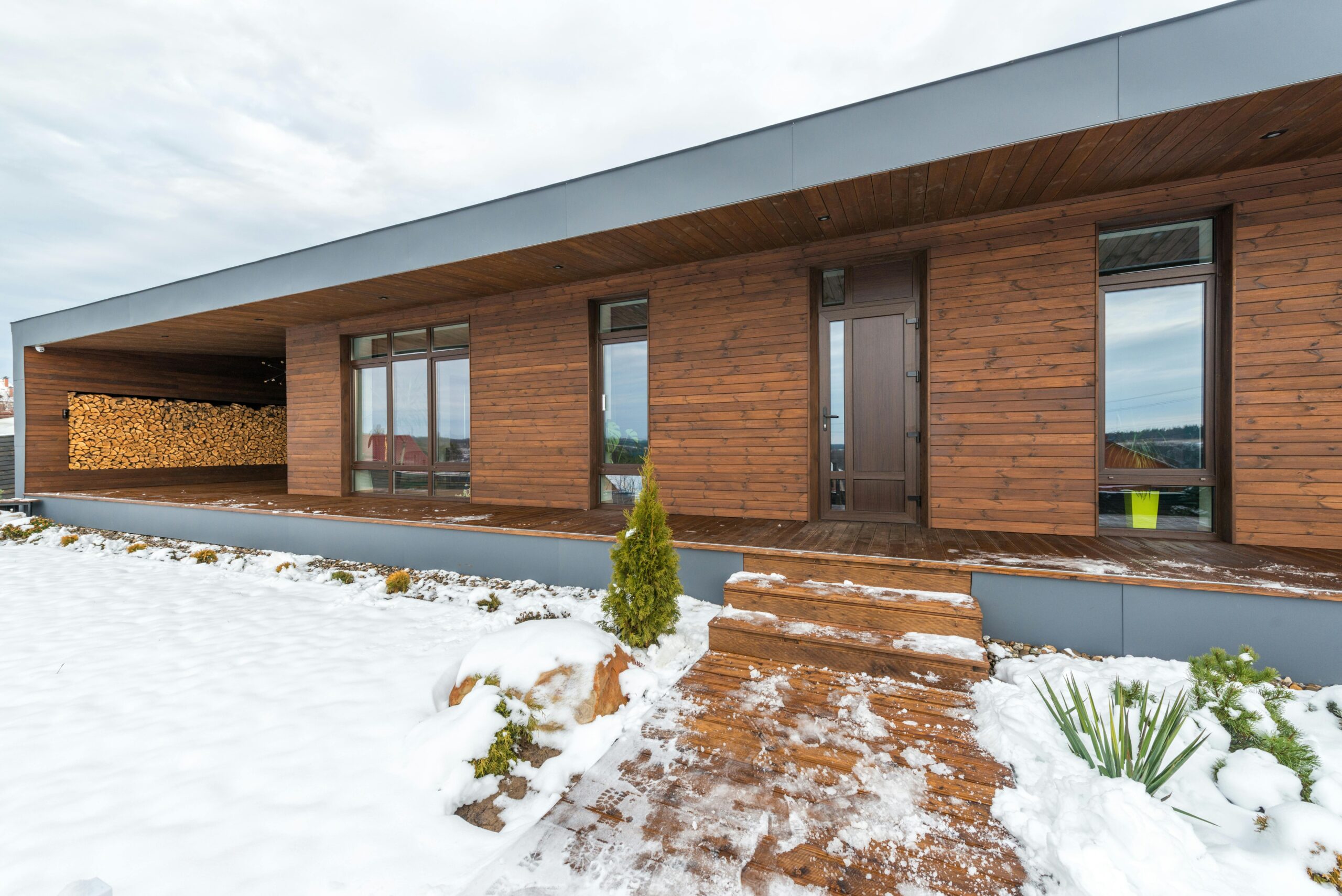When designing or renovating a home, you’ll often encounter areas where different flooring materials meet. These transitions between materials like hardwood to tile, carpet to vinyl, or any combination of flooring types can create visual disruption and practical hazards if not properly addressed. Transition strips serve as the critical bridge between these different flooring materials, providing both functional and aesthetic benefits. This article explores the various types of transition strips available, how they help connect different floor heights levels, and offers guidance on selecting and installing the right threshold molding options for your specific flooring scenario.
Understanding the Purpose of Transition Strips
Transition strips serve multiple essential functions in any flooring installation project. First and foremost, they provide a smooth transition between two different flooring materials, eliminating tripping hazards that might occur when floors of varying heights meet abruptly. Beyond safety, these threshold molding options offer protection for the vulnerable edges of flooring materials, which might otherwise be prone to damage, chipping, or unraveling. Aesthetically, well-chosen transition strips create a finished, intentional look rather than an awkward meeting point between different surfaces. Properly installed transition strips also accommodate the natural expansion and contraction of flooring materials due to temperature and humidity changes, preventing buckling or gaps from forming over time.
Common Types of Transition Strips
The flooring market offers a variety of transition strip types, each designed to address specific transition challenges. T-moldings feature a central ridge with flanges extending to either side, making them ideal for same-height flooring transitions like hardwood to tile or laminate to laminate. Reducer strips, as their name suggests, manage transitions between floors of different heights, gradually sloping from the higher surface to the lower one. These are commonly used when connecting hardwood to vinyl or carpet. Threshold transitions, typically made of wood, metal, or stone, are robust solutions for doorways or more dramatic height differences. End caps or carpet edges provide a finishing touch where carpeted areas meet other flooring types, securing the carpet edge while creating a clean transition line. Square nose transitions offer a simple, right-angle solution for minimal height differences, while multi-floor transitions are versatile pieces designed to accommodate various floor height combinations in a single molding.
Selecting the Right Transition for Different Floor Heights
One of the most challenging aspects of choosing transition strips is addressing varying floor heights levels. The general rule suggests that height differences exceeding 3/8 inch require a reducer-type transition to prevent tripping hazards. For floors with minimal height differences (less than 1/4 inch), a T-molding or square nose transition usually works well. When dealing with more significant height variations, such as ceramic tile to carpet transitions that might differ by 1/2 inch or more, specialized reducers designed for substantial height differences become necessary. As experts at AskHomey often recommend, measuring the height differential accurately before purchasing transition strips ensures you select the appropriate profile for your specific situation.
Material Considerations for Transition Strips
Transition strips come in numerous materials to complement your existing flooring. Wood and wood-look transitions remain popular for hardwood and laminate floors, offering stainable options to match your existing flooring color. Metal transitions, particularly aluminum and brass, provide durability in high-traffic areas and create a contemporary aesthetic. Vinyl and rubber transitions offer flexibility and moisture resistance, making them ideal for bathrooms, kitchens, and other areas prone to dampness. When selecting a material, consider both the practical demands of the location and the visual harmony with your adjoining flooring types. The threshold molding options you choose should blend seamlessly with your overall design while providing the necessary durability for the specific area.
Installation Basics for Flooring Transition Strips
Installing transition strips properly ensures both their longevity and effectiveness. Most transition systems consist of a track that attaches to the subfloor and a top cap that snaps or screws into place. Begin your flooring transition strips types install guide by measuring and cutting the transition piece to the exact length needed. For doorways, cut the transition slightly shorter than the opening to allow for expansion. When installing the track, use appropriate fasteners for your subfloor type—concrete requires different anchors than wood subfloors. Position the track centered between the two flooring materials, ensuring any height adjustments are properly accommodated. After securing the track, snap or screw the top cap into place according to the manufacturer’s instructions. For adhesive transitions, prepare the surface thoroughly to ensure proper bonding. Allow appropriate curing time before subjecting the transition to heavy traffic.
Maintaining Your Transition Strips
Like flooring itself, transition strips require periodic maintenance to remain functional and attractive. Clean your transitions regularly using methods appropriate for their material—wood transitions benefit from wood cleaners, while metal may need specific metal cleaning products. Inspect transitions occasionally for signs of wear, particularly in high-traffic areas where they might become loose or damaged. Address any issues promptly to prevent further damage to the transition strip or adjacent flooring. With proper care, quality transition strips can last as long as your flooring.
For more tips and to connect with reliable home service professionals, follow AskHomey on Facebook and Instagram.



